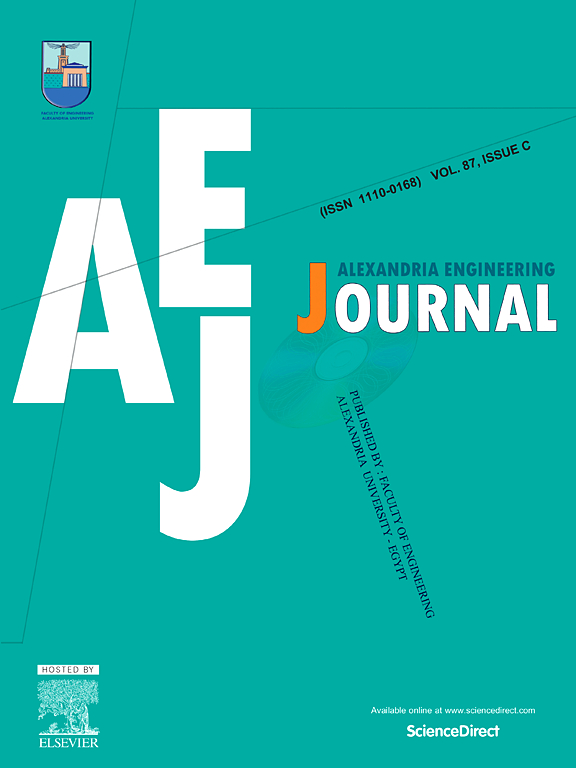The interchange stations siting model of urban rail transit network
IF 6.2
2区 工程技术
Q1 ENGINEERING, MULTIDISCIPLINARY
引用次数: 0
Abstract
The "node anchor weaving method" is commonly used in urban rail transit network planning, which emphasizes identifying the important nodes of the network first, and then using the key nodes as the "anchor nodes" to construct the network. Interchange stations are the most crucial network nodes in terms of both service function and network function. As a result, when planning the network, it is critical to identify the interchanges ahead of time. A key node identification model is initially established in this article, and then a network interchange stations location model is built on top of it. Based on the urban road network, the key node identification model takes into account the location of the road network nodes, the number of neighboring nodes, the influence of the neighboring nodes, and the path information between the nodes, and the key nodes in the network are effectively identified through the improvement of the gravitational model and the neighboring core model, and the model's validity is verified through the SIR contagion model. The online network interchange stations siting model considers the matching degree of residents' traffic demand, the interchange stations coverage to the city, the intensity of land use, and the interchange stations' duplicate coverage to the urban space as evaluation indices for the interchange stations; the objective of solving the interchange stations is the comprehensive optimality of the indexes; in order to avoid the problem of perturbation in the optimization and solution algorithm, this paper presents an improved genetic-simulated annealing optimization algorithm that introduces the concept of community, and avoids the problem of perturbation in the optimization and solution algorithms. The effectiveness of the model is verified by using examples of the Mitte-Center and Friedrichshain networks.
城市轨道交通网络的换乘站选址模型
城市轨道交通线网规划中常用的 "节点锚编织法",强调先确定线网的重要节点,然后以关键节点为 "锚节点 "构建线网。无论从服务功能还是网络功能来看,换乘站都是最关键的网络节点。因此,在规划网络时,提前确定换乘站至关重要。本文首先建立了关键节点识别模型,然后在此基础上建立了网络换乘站定位模型。关键节点识别模型以城市路网为基础,考虑了路网节点的位置、相邻节点的数量、相邻节点的影响力以及节点间的路径信息,通过对引力模型和相邻核心模型的改进,有效识别了路网中的关键节点,并通过 SIR 传染模型验证了模型的有效性。在线网络换乘站选址模型将居民交通需求匹配度、换乘站对城市的覆盖率、土地利用强度、换乘站对城市空间的重复覆盖率作为换乘站的评价指标;换乘站的求解目标是指标的综合最优;为了避免优化求解算法中的扰动问题,本文提出了一种改进的遗传模拟退火优化算法,引入了群落的概念,避免了优化求解算法中的扰动问题。通过使用 Mitte-Center 和 Friedrichshain 网络的实例,验证了该模型的有效性。
本文章由计算机程序翻译,如有差异,请以英文原文为准。
求助全文
约1分钟内获得全文
求助全文
来源期刊

alexandria engineering journal
Engineering-General Engineering
CiteScore
11.20
自引率
4.40%
发文量
1015
审稿时长
43 days
期刊介绍:
Alexandria Engineering Journal is an international journal devoted to publishing high quality papers in the field of engineering and applied science. Alexandria Engineering Journal is cited in the Engineering Information Services (EIS) and the Chemical Abstracts (CA). The papers published in Alexandria Engineering Journal are grouped into five sections, according to the following classification:
• Mechanical, Production, Marine and Textile Engineering
• Electrical Engineering, Computer Science and Nuclear Engineering
• Civil and Architecture Engineering
• Chemical Engineering and Applied Sciences
• Environmental Engineering
 求助内容:
求助内容: 应助结果提醒方式:
应助结果提醒方式:


